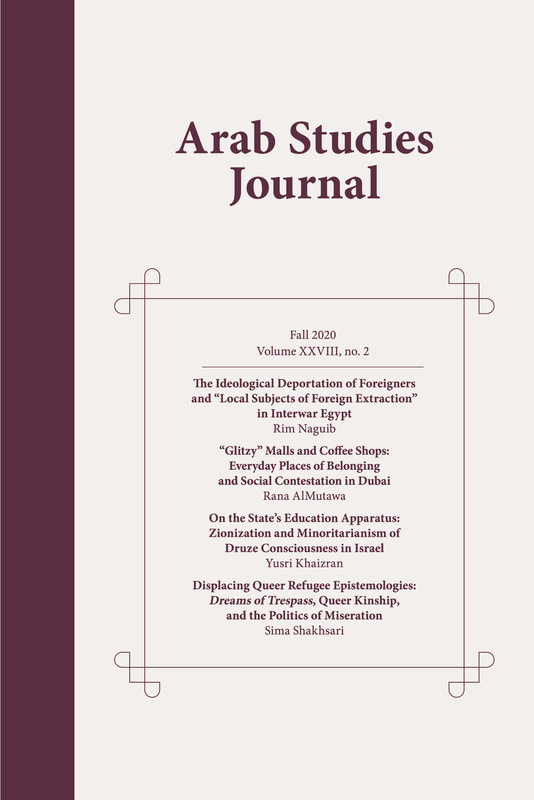Arab Studies Journal |
This section will not be visible in live published website. Below are your current settings: Current Number Of Columns are = 1 Expand Posts Area = 1 Gap/Space Between Posts = 10px Blog Post Style = simple Use of custom card colors instead of default colors = Blog Post Card Background Color = current color Blog Post Card Shadow Color = current color Blog Post Card Border Color = current color Publish the website and visit your blog page to see the results AuthorWrite something about yourself. No need to be fancy, just an overview. Archives
June 2021
Categories |

 RSS Feed
RSS Feed